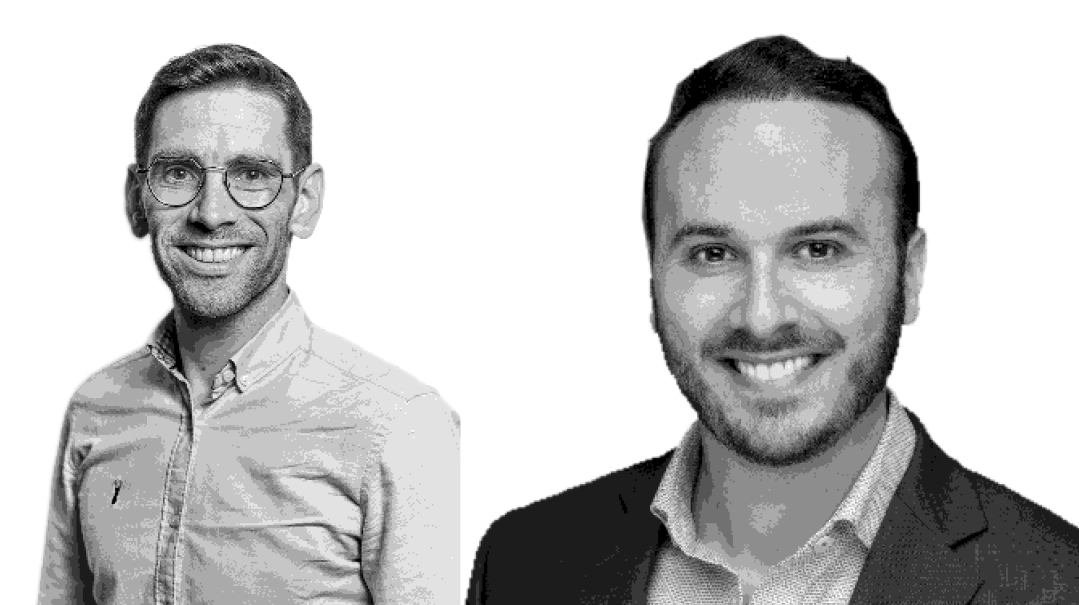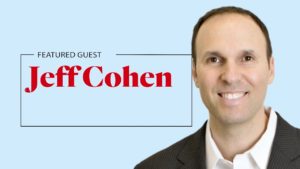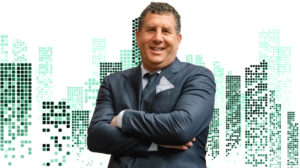How do you stay updated on changing consumer needs?
| May 6, 2025Experts share their wealth of experience

This is very relevant in our business because the social media algorithms change almost daily. It’s important to accept feedback and criticism — and be open and willing to change course.
We manage the accounts of over thirty companies, which allows us to constantly monitor the trends. Our weekly team meetings and monthly client meetings help us with direction. We’re not afraid to be honest with our clients about their outcomes and necessary changes.
—Eli Weber, CEO of Weber Media & host of Podsitivity Podcast
We’re always educating ourselves on industry shifts and emerging patterns — whether through reading books, subscribing to email newsletters, or attending conferences. However, I believe the most valuable consumer insights come from our day-to-day interactions with clients — and in my case, with students as well. We listen to clients’ needs, observe shifts in their demands, and adapt our services accordingly. For example, five years ago, our focus was solely on graphic design; today, we also offer strategy, copywriting, and content marketing. Listening to consumer needs has been a catalyst for our own growth.
—Chaya Murik, director of PS Design School and creative director at Kirum Inc.
I make a point of meeting with every one of my clients every three to six months in person; we call it a TBR (technology business review). I find this helps us maintain a great working relationship; keep tabs on their needs, wants, issues, and growth plans; and be fully prepared for whatever they throw our way.
I also participate in industry events, learn from colleagues, and always welcome feedback — good or not so good.
One last tip: We send out a one-click survey every time a service request is closed. This feedback is immediately displayed on a company-facing chat and we all see it and use it as fuel to
move forward.
—Yiddy Lemmer, founder & CEO, CompuConnect
Our clients’ needs don’t really change from one year to the next — but tax laws change. Technology advances, and there are certain changes that we need to help our clients implement. In the UK, especially, the tax laws are forever changing; advice given to a client one year may end up being incorrect or even illegal shortly after. We need to stay up-to-date and advise clients accordingly.
—Ben Rose, the Cycling Accountant
What do you look for when hiring for senior roles?
Many candidates can tick the relevant boxes, possess the required skills, and answer interview questions correctly. However, a critical factor often overlooked is whether they truly fit into your business environment and culture. Technical skills and experience are essential, but the real challenge lies in ensuring that new hires will integrate seamlessly with the existing team and contribute positively to the workplace culture.
Therefore, I require all potential senior team members to complete a DiSC® assessment before joining the team. DiSC is a personal assessment tool that evaluates an individual’s behavior and communication style, helping to ensure that new staff aligns with current team members in terms of teamwork, communication, and productivity.
By confirming the cultural and behavioral fit of each team member, you can invest in further development with confidence, knowing that the team is cohesive and well-aligned.
—Neil Fagleman, managing director, Merco
Becoming a go-giver (instead of a go-getter)
Many people assume that business success comes from being a relentless go-getter — chasing deals, closing sales, and always looking for the next win. But the real key to long-term success is being a go-giver — focusing on providing as much value as possible without constantly worrying about immediate payback.
When your goal is to truly help others — whether clients, colleagues, or partners — you build trust, reputation, and relationships that compound over time. It may take longer, and it won’t always lead to a quick payday. But when the momentum kicks in and it starts to rain, it often pours. And the business that comes your way will be more sustainable, reproducible, and far more profitable than anything you could have hustled to get in the short term.
I was once at a chuppah sitting next to a business owner who had recently sold his company for north of $20 million. Waiting for the ceremony to begin, we began schmoozing. He asked what I do professionally, and I could see in his eyes that he was expecting another sales pitch.
Instead of pushing my company (investments), I asked about his family, goals, and what kept him up at night. His biggest fear? Taxes eating his wealth.
After the chuppah, we picked up our conversation, and I introduced him to an upstream gifting strategy that could save him millions in taxes. I also showed him how a charitable remainder trust could let him donate to institutions he cared about while generating lifetime income.
Intrigued, he took down my contact info, and we stayed in touch. A year later, when his old advisor kept pushing generic portfolio models, he called me. Today, we manage his entire portfolio, and because of the trust we built, he’s introduced me to three other entrepreneurs. Two of them are now clients and the third one is moving in that direction.
You can chase clients, or you can make yourself so valuable they chase you. Give first. Play the long game. And wait for the momentum to kick in.
—Shuey Wyne, senior vice president, RVW Wealth
Oops! We could not locate your form.











